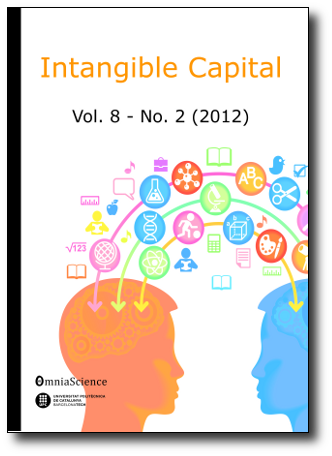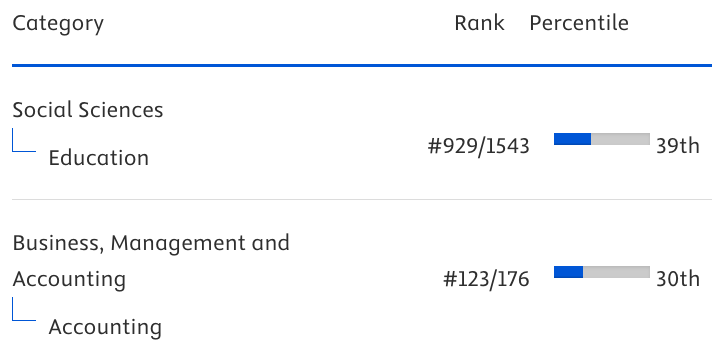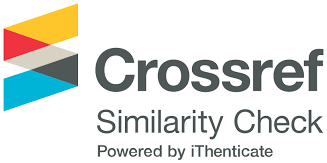Management of safety and health at work: Emotional intelligence in university personnel
Abstract
Purpose: The aim of this research is to evaluate the effectiveness of an emotional education program in a sample comprising university personnel. The study also seeks to examine the relationships between work engagement and emotional intelligence.
Design/methodology/ approach: First, this study includes an exploratory study. Second, it comprises a pre-post quasi-experimental design with random assignment of participants into an experimental group and a control group. For data collection, a mixed methodology has been used.
Findings: This study revealed positive correlations between emotional intelligence, engagement and stress. For this reason, for university personnel, it is advisable to promote emotional education programs to increase their emotional intelligence and influence the well-being of staff, with perceptions of stress under control and greater commitment to the institution.
Research limitations/implications: A limitation of the study is that it is carried out at a single university in a certain period and cannot be compared with other universities. In future research, the methodology will be extrapolated to other universities to evaluate the results in different university institutions to draw conclusions in this regard in university higher education.
Practical implications: The findings of this research have practical implications for organizations aiming to enhance workplace well-being and productivity by implementing emotional education programs among workers.
Originality/value: This study contributes to the existing literature by exploring the impact of an emotional education program on university workers, shedding light on the intersection between emotional intelligence, work engagement and perceived stress.
Keywords
Full Text:
PDFDOI: https://doi.org/10.3926/ic.2964
This work is licensed under a Creative Commons Attribution 4.0 International License
Intangible Capital, 2004-2025
Online ISSN: 1697-9818; Print ISSN: 2014-3214; DL: B-33375-2004
Publisher: OmniaScience






